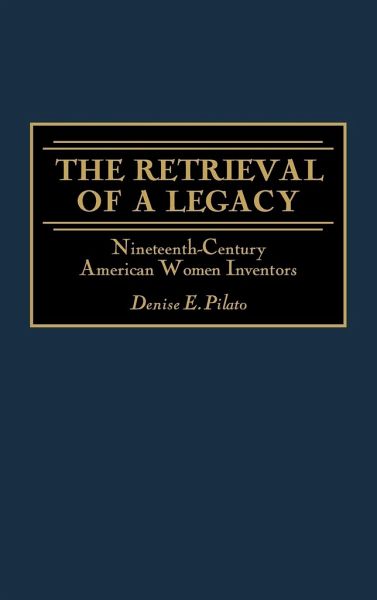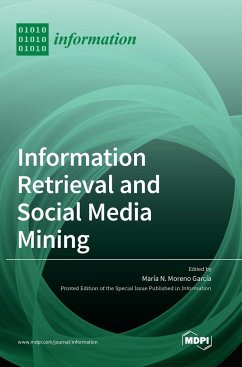
The Retrieval of a Legacy
Nineteenth-Century American Women Inventors
Versandkostenfrei!
Versandfertig in 1-2 Wochen
89,99 €
inkl. MwSt.

PAYBACK Punkte
45 °P sammeln!
Throughout the 19th century, women inventors developed significant technologies, yet, because of complex cultural barriers and the pervasive image of the inventor as male, their technological contributions have until now been ignored and undervalued. This study, the first to focus exclusively on 19th-century women, explores the fascinating relationship between women and technology. According to a government census, there were nearly 5,000 patents awarded to women between 1790 and 1888; further, many women invented significant technologies but never received a patent. The individual and collect...
Throughout the 19th century, women inventors developed significant technologies, yet, because of complex cultural barriers and the pervasive image of the inventor as male, their technological contributions have until now been ignored and undervalued. This study, the first to focus exclusively on 19th-century women, explores the fascinating relationship between women and technology. According to a government census, there were nearly 5,000 patents awarded to women between 1790 and 1888; further, many women invented significant technologies but never received a patent. The individual and collective experiences of these women reveal both why gendered assumptions about women and technology persist and why they are assumptions, not reality. Women invented such things as the first ice cream freezer, a pyrotechnic signal flare used extensively by the U.S. Navy, a reservoir and dam system adopted by the state of California, and more. Still, names such as Nancy Johnson, Martha Coston, and Harriet Strong are not recognized as part of the history of American technology. It was not the lack of technological ability or creativity that prevented women inventors from full participation in technological advancement. Rather educational access, legal enfranchisement, property rights, gendered standards of professionalization, and sexual division of labor constructed discriminatory barriers, limiting women's relationship with technology.












